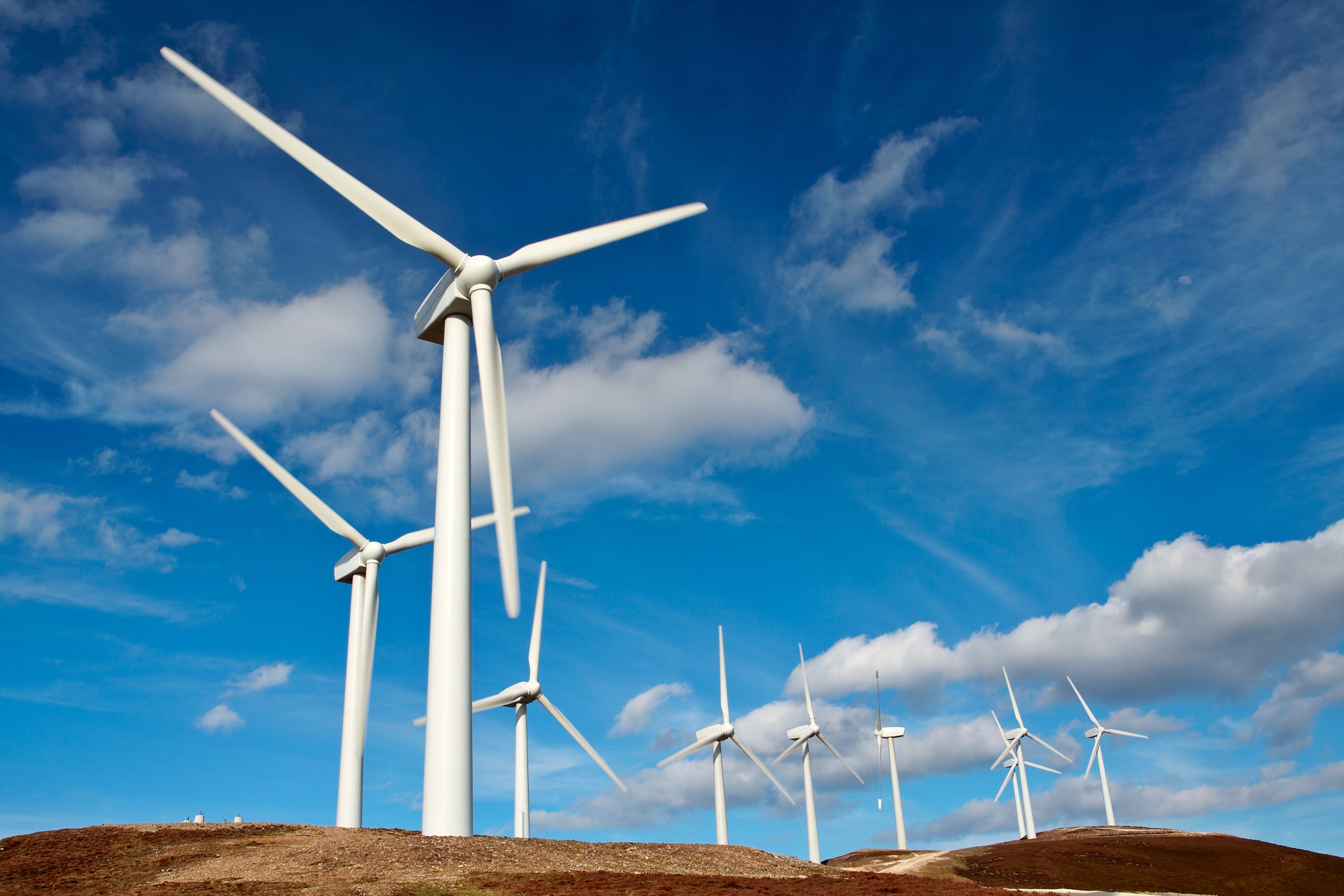Wind energy developers in the United States have relied extensively on the production tax credit or its alternative the investment tax credit for wind energy. On the brink of expiration, both credits were rescued at the last minute with a one-year extension to December 2020. If construction begins before December 31, 2020, the wind developer can qualify for a production tax credit of $0.15 per kilowatt hour for the first ten years of electricity generation. The investment tax credit is an option that can provide a benefit for 12% to 30% of investment costs at the beginning of a wind project. This alternative can be appealing to more capital-intensive projects that have heavy cash outflows in the early years.
There has been talk of another extension for this vital program to promote renewable energy in the U.S. Unfortunately, the dysfunction of the current Administration and the continued inability to get control of the coronavirus pandemic seem to have crowded out discussion of renewable energy. Democratic presidential candidate Joe Biden has made the fight against greenhouse gas emissions a key point in his campaign, but it is not clear whether the wind tax credits are going to be a part of his $2 trillion plan to de-carbonize electricity.

In the meantime,
wind power developers are wasting no time. Even retrofitting an older project
for greater efficiency or higher output can qualify for the tax credit
program. Xcel Energy (XEL:
Nasdaq) announced plans invest $1.4 billion to
refurbish some of its existing wind farms with new turbines with larger
blades. Xcel engineers have indicated
that the useful life of these wind towers can be extended by as many as ten
years. More importantly operating costs
can be reduced by as much as 20%.
Likewise the
utility PacificCorp (PPWLM:
OTC) has reportedly budgeted $1.1 billion in new
investment to refurbish its thirteen wind farms. The company is installing larger turbines to
boost output and upgrading components to reduce maintenance costs. Pacificcorp reports increases in power
production by as much as 30%.
The wind tax
credit appears to be emblematic of the inability or unwillingness of U.S.
policy makers to acknowledge the climate crisis and their responsibility to
lead the country out of the fossil fuel disaster. The Production Tax Credit was enacted in
1992, and was originally set to expire in July 1999. The tax credit has been extended twelve
times, leaving developers with a perennial headache in projecting the economics
of planned wind development projects.
Cudos to Xcel
and Pacificcorp for make the most of a difficult situation. Both are worthy of investor consideration on their
tenacity alone. Xcel is valued at 26.5 times trailing
revenue. With little growth anticipated
the forward earnings multiple at 25.7 times offers scant upside value. However, XEL offers shareholders a forward dividend
yield of 2.4%. Owned principally by Berkshire
Hathaway, Pacificcorp trades by appointment.
Nonetheless, its forward dividend yield of 4.66% may make the high-dollar
shares worth the effort to accumulate.
Neither the author of the Small Cap Strategist web
log, Crystal Equity Research nor its affiliates have a beneficial interest in
the companies mentioned herein.
No comments:
Post a Comment